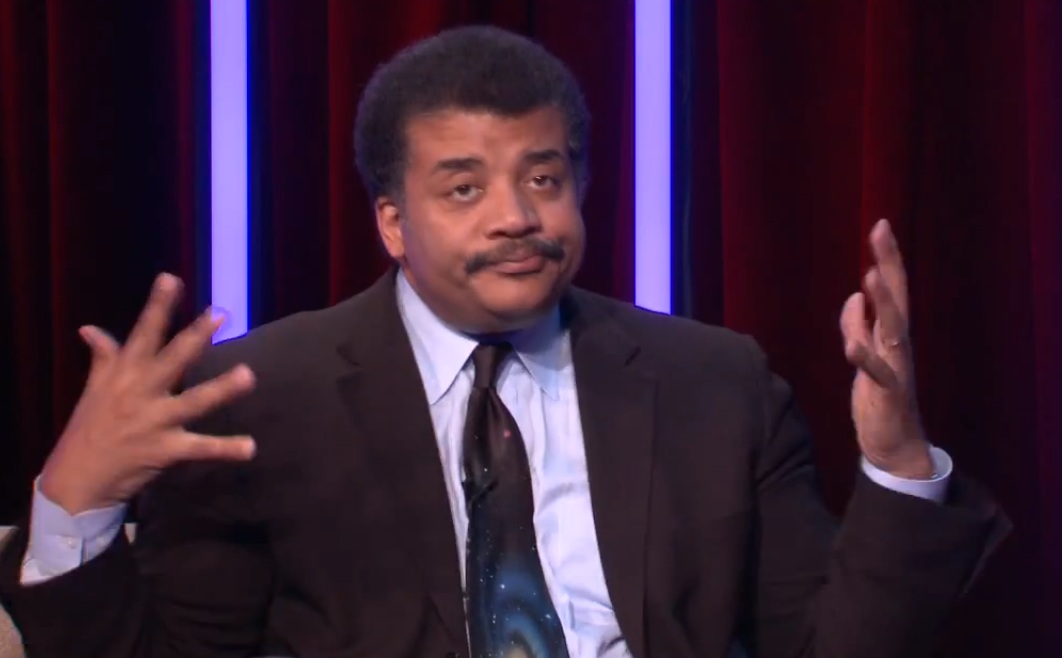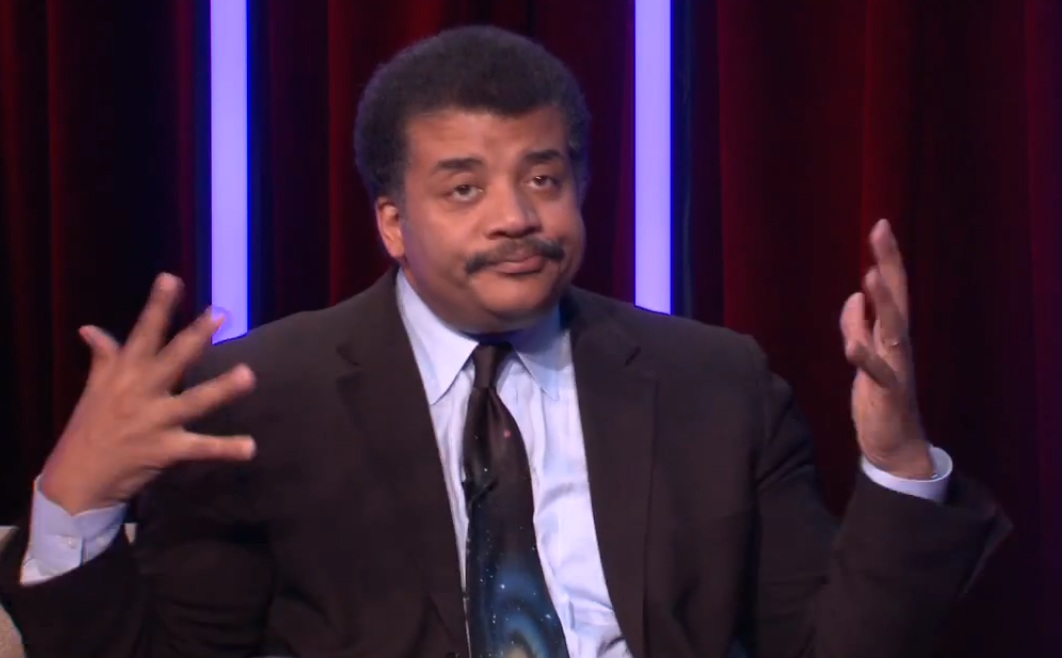As a scientist, I understand how important it is that our work is shared with the public (it’s how we get our funding, after all). But the line of communication becomes muddled when journalists – despite their best intentions – misinterpret and oversimplify scientific studies and articles, leading to published articles that are often full of misinformation or oversimplifications. One doesn’t even need to fully read the article to be influenced. In fact, just reading a misleading headline may be enough to cause you to come to incorrect conclusions about the subject in question, regardless of the efforts of the author to provide accurate information in the text. The next time you see an article on the newest super food or the next, revolutionary “cure for cancer,” take it with some salt. Here are three of the more obvious ways to catch misleading headlines:
- “Gives you/cures cancer”
Cancer is not one disease. It’s actually an umbrella term for a large group of diseases that cause malignant tumors. It’s very likely there will never be one cure for all cancers for everybody, but that doesn’t stop rampant clickbait telling you that smelling farts will prevent cancer (they won’t).
On the other hand, many headlines and articles want to convince you that scientists have just found the newest thing you come into contact with regularly that will give you cancer. Eating bacon now and again won’t definitely give you cancer, as many headlines from this fall may have wanted you to believe.
Any headline or article that tries to convince you that scientists have found the be-all-end-all cure (or cause) for all cancers is very likely exaggerating.
2. “Super food/ miracle supplement”
Certainly eating a balanced diet is good for us and nutrient deficiencies can lead to chronic illness and other health problems, but that doesn’t mean that supplementing our diets with vitamins, minerals or other substances we don’t usually eat will lead to health benefits. You’ve seen the articles telling you about “super foods” you absolutely need to eat or taking this supplement will protect you from heart disease when, unless you are on a very restricted diet, these supplements (yes, even your daily multivitamin) and extra kale are unlikely to have any benefit for you.
Most of the issue comes from the fact that supplement companies are largely self-regulated for content, efficacy and safety (that is to say, the FDA doesn’t screen them upfront). One of the best examples of supplements or “miracle foods” being sold and embellished to the point of complete falsehood is by the all-too-famous Dr. Mehmet Oz, who was brought in front of the U.S. Senate last year to explain his pushing of “miracle cures” on his show.
One of my personal favorite articles on this topic is about a “Dr. Johannes Bohannon” who managed to convince a set of his peers and many, many news sites that chocolate helps you lose weight. This was all fake, of course, but many news sites ran with and sold the lie that Bohannon had been told to sell. In most, less insidious cases, scientists will publish that a food or drug, under certain conditions for certain people in very controlled conditions, gave an improvement in this one aspect of health, but the claims will be exaggerated and a game of telephone will ensue as news sites race to write similar articles on the same topic.
3. “May pose risk”
This might be a little less obvious. The issue here is with the ambiguity. It can mean a number of different things. The article may reveal that a full study has been done that indicates a lack of safety, that a study has not been done regarding safety at all, or that a study has been done but has not found any safety risk (yet). It’s unclear what this headline means. But it’s easy to see that it leans in a negative direction and instills fear where it might be unfounded. And because many of us don’t fully read the articles that we see the headlines for, there’s no way we will realize which it is.
Often when I see these sorts of headlines they have to do with genetically modified organisms (GMOs) or vaccines (both of which, are safe). It’s important, of course, to communicate risk and to make sure the drugs and products we introduce into our community aren’t dangerous, but fear-mongering won’t help anybody, especially over issues that have been essentially resolved by the scientific community for several years if not decades.
One of the unifying factors that seems to unite these issues is a lack of understanding of what the scientists had actually done or proved. Not everyone can have the scientific literacy to go back to the original source and piece it out. Part of the training to get a Ph.D. is to learn how to read these incredibly dense and often intellectually (and literally) inaccessible scientific articles. Even scientists who read papers regularly will find it difficult to sparse together the significance of work outside of their field. That’s why it’s so important for scientists to make the effort to communicate effectively with the public, so that when nonscientists want to know what’s going on with our neck of the woods, we can tell them without all the clickbait.
Julie Heffler is a graduate student studying Cell and Molecular Biology at the University of Pennsylvania.
—Please make note of The Mary Sue’s general comment policy.—
Do you follow The Mary Sue on Twitter, Facebook, Tumblr, Pinterest, & Google +?










Published: Nov 26, 2015 09:55 am